Future Trends: The Subscription Economy
30 Apr 2020
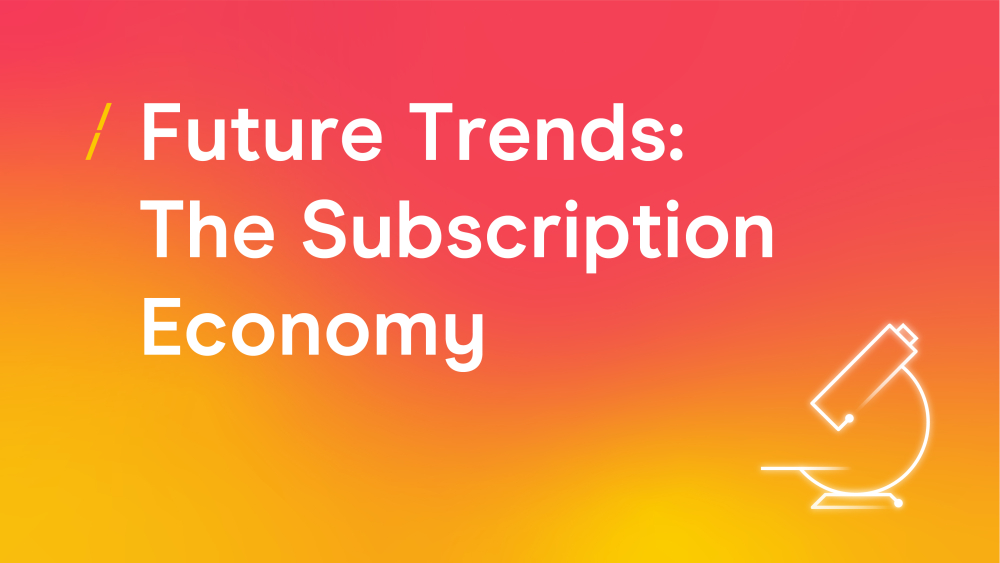
Welcome back to this final edition of this year’s Future Trends series, part of the DMA’s Customer Engagement campaign.
In our previous articles, we analysed brands’ voice strategy, personalisation through new technologies and strategies, and the world of paid-for loyalty.
Written in collaboration with Collinson, dotdigital, Paragon Customer Communications and in partnership with Foresight Factory, our final article of the series will focus on an increasingly popular model to facilitate consumers both discovering and showing their loyalty to brands: subscriptions.
In recent years, subscription usage has grown from media-based offerings from the likes of Netflix or Spotify and hybrid ‘premium’ offering like Amazon Prime, to the growing number of product-based subscriptions for discovering new brands and loyal customers alike.
Providing a fresh way to discover new brands, subscriptions appeal to consumers looking for convenience. Not only in terms of value, but also emphasising the time-saving benefits as brands become the decision-maker on behalf of their own consumers.
We are also releasing this trend amid a global pandemic that is – quite literally – locking people in their houses. In this scenario we are seeing subscriptions continue to show their influence to bring what customers want, right to their door. From grocery products to entertainment, all thanks to their subscriptions, consumers have access to goods and services without having to leave their homes.
Read on to discover which customers engage most with subscriptions, what they demand from their subscriptions and what the future might hold.
The Insights
Subscribers
In 2019, the number of different types of subscriptions that consumers owned increased compared to two years previous. In other words, we are now looking at many customers being ‘multi-subscribers’.
Foresight Factory’s figures reveal that the proportion of people owning two or more types of subscriptions has increased from 33% to 44%. This is particularly true among Millennials, where 79% own six subscriptions. Indeed, age appears to be key, with an average age of 57 years old for those that do not own any subscriptions, whereas those with six subscriptions have an average age of 32.
Furthermore, 36% of those buying six subscriptions have a household annual income of at least £75,000 and are more likely to be working full-time or have children in the household.
In general, men are more likely to subscribe to more services than women – among consumers with six subscriptions 62% are men and 38% are women.
Gender split among consumers who own each number of subscriptions within each group
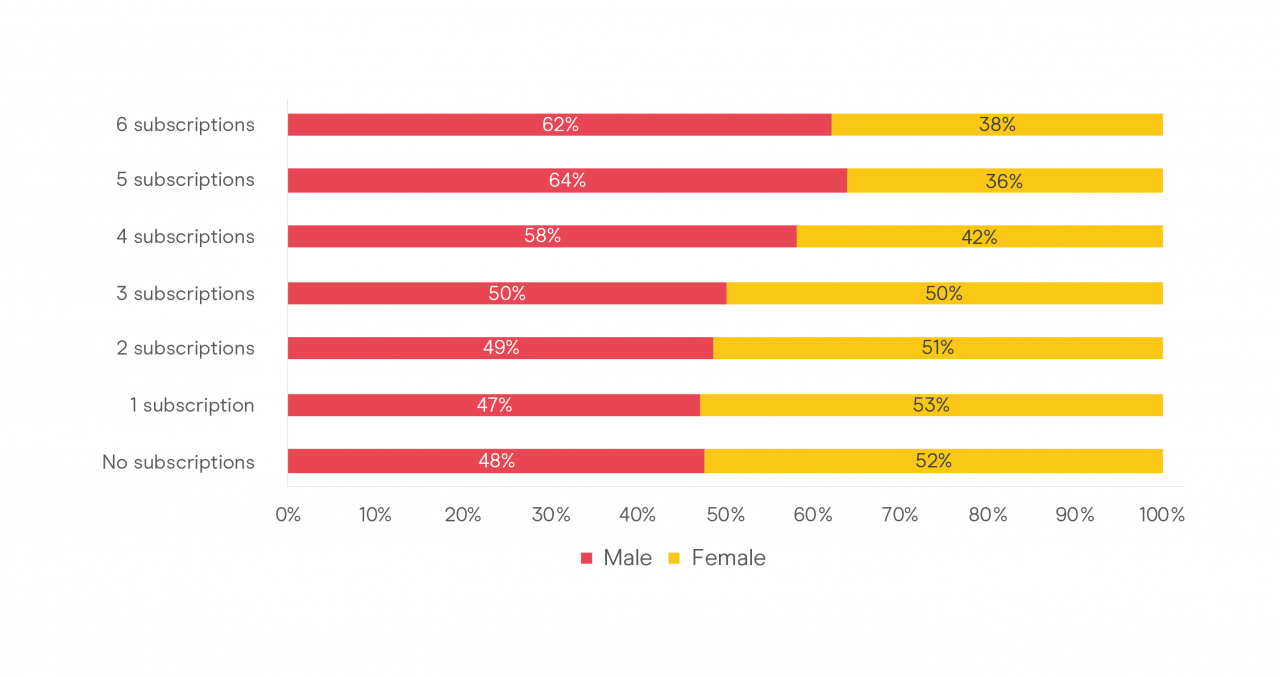
Entertainment Subscriptions
Compared to a steady growth in owning or considering a media subscriptions (63% vs 56% in 2017), data reveals that news subscriptions have slightly declined - online and print services (25% vs 23%).
In 2019, 51% of British consumers subscribed to a TV/film streaming platform (e.g. Netflix, Prime Video, etc.) – with a further 12% interested.
Subscriptions ownership/interest in the UK

Three-quarters of younger consumers have access to these sort of services/platforms (75% of 16-24s; 74% of 25-34s). Adoption is also higher among wealthier consumers: 71% of those with a household income above £75,000 own a subscription and 68% for those with children at home.
Foresight Factory’s predictions for 2025 see an increase to 65% of UK consumers subscribing to video-on-demand services with an additional 16% are interested in subscribing.
These predictions were identified by the correlation of factors such as music streaming subscriptions, laptop and tablet ownership, binge-watching of TV episodes, the frequency of social interactions to socialise and also the personality trait of wanting to stay up-to-date.
Finally, music streaming services (e.g. Spotify, Apple Music, etc.) have also seen an increase compared to 2017 (40% vs 36%).
Product Subscriptions
A particular format of product subscriptions is the ‘subscription box’. These have been available to consumers since the early ‘10s, from beauty to grocery products, using the model to deliver goods at convenient intervals.
However, the sheer variety of subscription boxes on offer has grown considerably in recent years. We have already seen subscription models emerging for cars and homes, along with a new generation of innovative services offering a vast selection of products to satisfy consumers' needs. In 2019, one in four (27%) UK consumers owned or declared their interest in a paid subscription to receive a monthly selection of products.
I currently own or I am interested in owning a paid subscription through which I get sent a monthly selection of products of a similar type
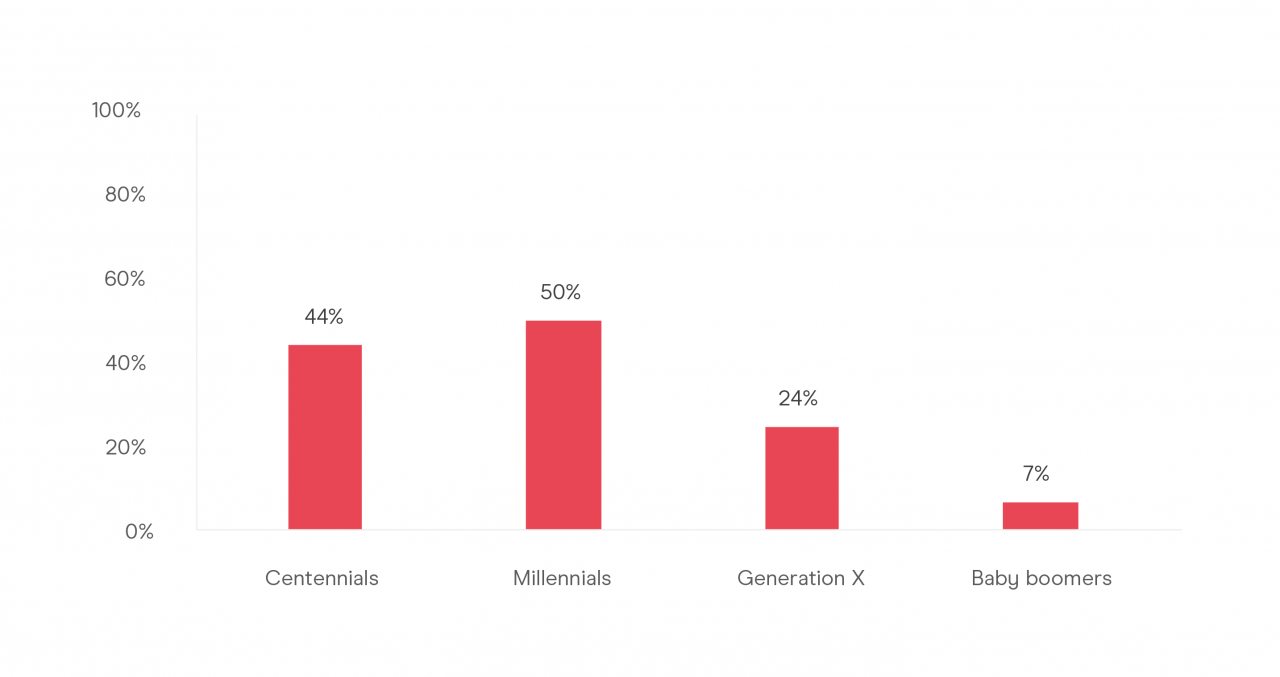
However, despite the high potential, buying products via subscriptions is still behaviour among a minority of customers. In our Acquisition and the Consumer Mindset report, less than 12% of consumers have bought each of the products we asked about via a subscription. When considering those and the customers potentially interested in this service, the categories with the most potential were toiletries (27%), beauty products (26%) and alcohol (10%).
The Opportunities
For customers that have bought products using subscriptions or are interested in doing so, their decision is mainly driven by ‘Convenience’ (52%) and ‘Cost savings’ (50%). This according to our Acquisition and the Consumer Mindset report, which also found factors such as wanting to ‘Try new brands’ mentioned by 32% of people. Meaning that subscriptions can act as a shortcut for consumers who want to streamline their decision-making and avoid choice overwhelm.
The Sharing Economy
Subscriptions have opened the way to new models of ownership and the meanings consumers associate with that very concept. In other words, the subscription economy is disrupting people’s traditional notions of possession. People still feel like they own that media content, despite the fact they only access it for as long as it’s on the platform they pay for.
In the UK, data shows a declining need for possessions. One of Foresight Factory’s long-term trends shows that, among the UK population, the need for material ownership has fallen by 35% between 1980 and 2019. This has been driven by the changes in the economic conditions, proof of which can be found in the dramatic fall at the beginning of the recessions in 2001 and 2007, as well as trends like subscription ownership growing since 2010.
UK people wanting 'to own more things than I have now'
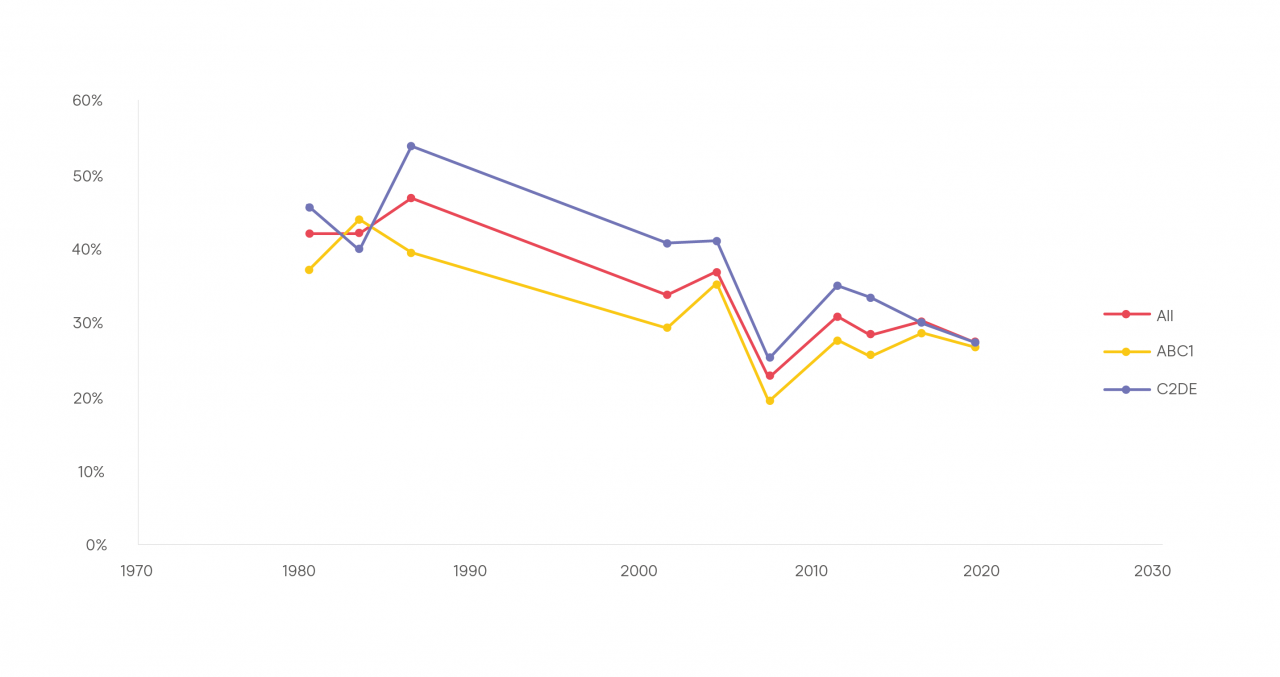
Consequently, as the relationships between customers and product ownership has become more dynamic, things like having, renting and borrowing have become a more interesting choice in many people’s eyes. For instance, in the UK almost a fifth of Millennials (18%) have used a car-sharing/renting app for the short-term rental of a car – with a further 28% interested in doing so in the future. Similarly, 13% of Centennials have tried this service already and 34% are willing to.
Furthermore, more than half of Millennials (54%) and one-third of Baby Boomers (28%) globally, have used or are interested in using an online lending service to borrow or rent a household item for a short period of time.
A growing number of brands are facilitating ‘Try before you buy’ options, allowing subscribers to test products for free before deciding. Others are offering short-term rental of certain goods. Both options aim to lower customers’ doubts and worries in order to establish a relationship based on transparency and trust. This strategy can also be a way to provide more experiential engagements with static products, and consequently, create a stronger emotional resonance with the brand.
In conclusion, over the next decade, the question ‘will be less about what we’ll own and more about how we’ll own it’ (Foresight Factory, 2019).
Questions
- Could subscriptions be a purchase model able to lead customers to discover your products/service?
- Would subscriptions bring back customers making them loyal to your offer?
- How will your customers ‘own’ your products or services in 2030?
- Is there a risk of subscription overload? How can it be managed?
- Do you have customer data available to understand the ‘carpe diem’ of your offer?
Takeaways
Fight fatigue and give control
As we saw at the start of this trend article, customers are likely to be managing multiple subscriptions across multiple products, services and sectors.
Consequently, subscription fatigue could easily arise as customers start to feel overwhelmed by their multiple accounts to coordinate – even before discussion of the monthly cost.
In order to attract customers, brands need to demonstrate how they deliver value and compare favourably with competitors’ offers.
Furthermore, control and freedom of movement are very much relevant when it comes to managing different subscriptions: brands need to assist consumers in keeping track of what they do, own and share. The growth of platforms like Free Trial Surfing (an app that automatically cancels subscriptions once their trial period ends) is already helping customers living their no-worries life and make more efficient spending choices.
Carpe Diem
Given the fast and steady growth of the subscription market, identifying the moment in which your brand’s offer is most valuable to the customer is vital.
The numerous sources of information at their disposal to compare features and prices mean customers have started to show signs of discomfort about making decisions. Indeed, choice overwhelm is a growing trend. Feelings of time pressure and an anti-waste mindset are triggering consumers to look for solutions able to bypass this need to choose and do the hard work for them.
In 2018, 35% of UK consumers were interested in a service that would automatically replenish household supplies and, by 2025, Foresight Factory forecasts that one in ten (11%) will be using auto-replenishment and a further 36% will be interested in doing so.
In an earlier trend in this series, we saw how smarthome assistants are and will play an important role here. However, subscriptions could also fulfil the customer’s interest in auto-replenishment with the additional benefit of satisfying their want for increased serendipity too – discussed in another of our 2020 trends.
Case Studies
Here are a few examples of how paid-for loyalty programmes can bring the relationship with customers to the next level.
Pause for Mind

Dating with a two-track mind
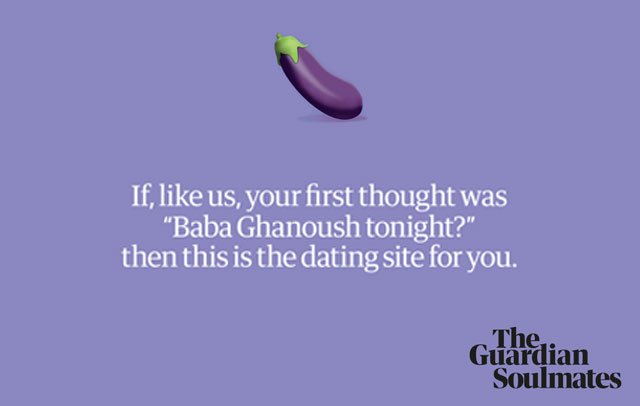
Care by Volvo
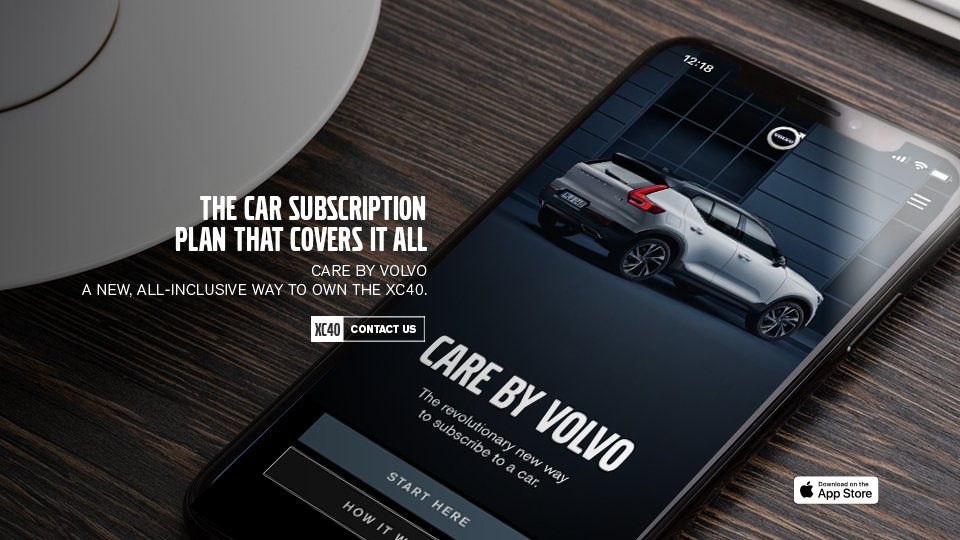
Forniture to rent
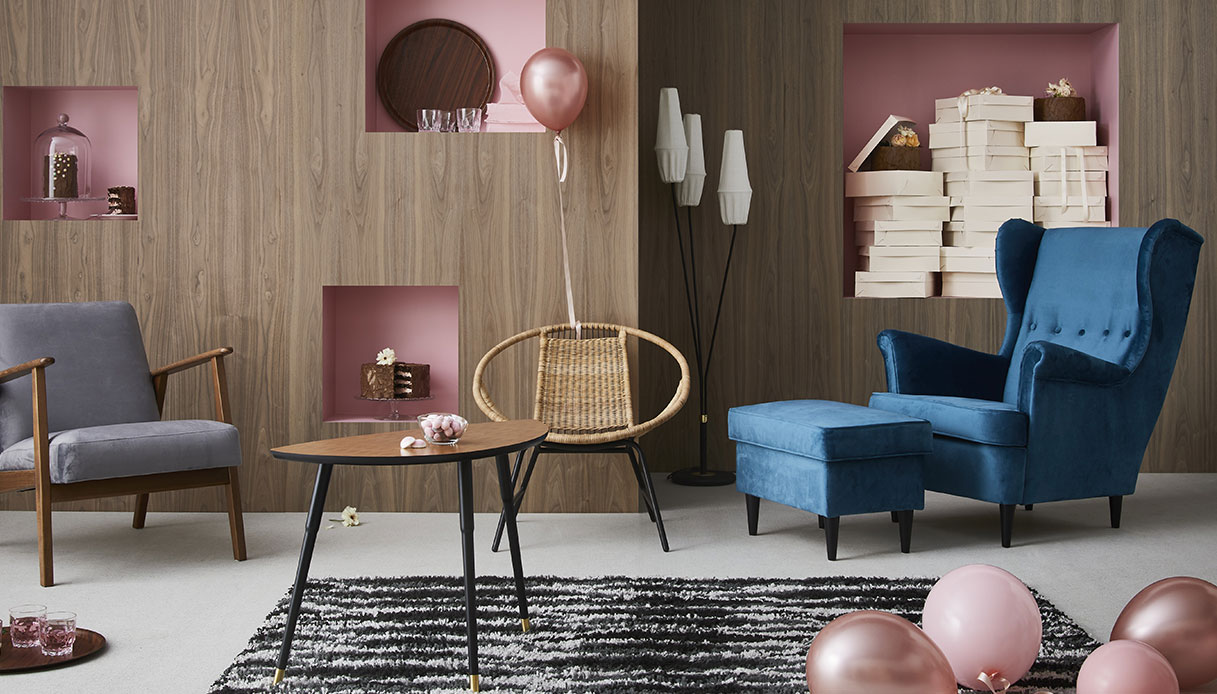 In February 2019, the world’s bigger furniture group, Ikea, announced plans to trial furniture rental. The brand will test leasing offers to support customers to acquire, care for and pass on IKEA products in more sustainable ways. The plan is to offer subscription models, allowing consumers to keep the furniture in their houses for a period of time and then returning the items when they are finished with them. Returned products are then refurbished and sold or rented on, prolonging the life of Ikea furniture. This is part of Ikea’s plan to create a more sustainable business model and work towards a circular economy.
In February 2019, the world’s bigger furniture group, Ikea, announced plans to trial furniture rental. The brand will test leasing offers to support customers to acquire, care for and pass on IKEA products in more sustainable ways. The plan is to offer subscription models, allowing consumers to keep the furniture in their houses for a period of time and then returning the items when they are finished with them. Returned products are then refurbished and sold or rented on, prolonging the life of Ikea furniture. This is part of Ikea’s plan to create a more sustainable business model and work towards a circular economy.
Methodology
‘Future Trends: The Subscription Economy’ is an initiative undertaken by the DMA in collaboration with Collinson, dotdigital, Paragon Customer Communications and partnership with Foresight Factory.
The article partially reviews data from the ‘Acquisition and the Consumer Mindset’ report.
Moreover, the DMA Insight department conducted desk research on industry trends using the Foresight Factory’s FFonline platform: most of the reported data has been collected through surveys conducted between 2016 and 2019.
The report was written and designed by the DMA Insight department and in-house design team.
If you have any questions about the methodology used in the report, you can contact the DMA’s Insight team via email: research@dma.org.uk.




Please login to comment.
Comments